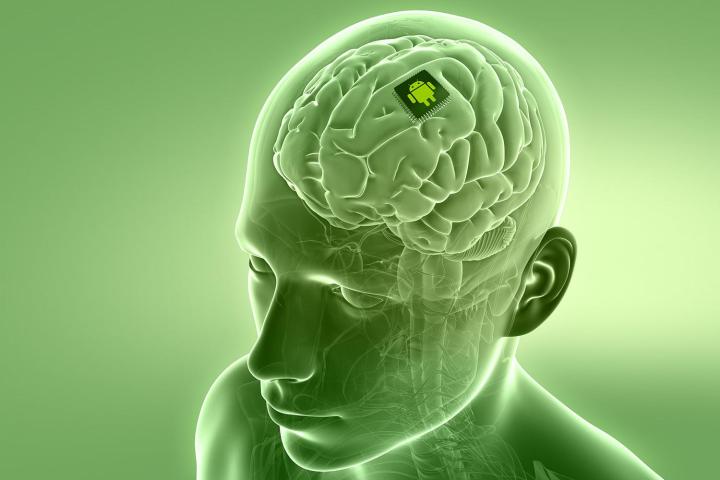
In doing so, it will help shed more light on how the brain functions, including the origins of neurological diseases and other conditions.
“We hope that this technology will really be central to any implantable device directly in the brain,” Dr. Naweed Syed, scientific director of the University of Calgary, told Digital Trends.
Syed and his fellow researchers have an impressive history when it comes to this field. Back in 2004, they were the first team in the world to develop a neuro chip that made it possible for two-way communication to occur between a brain cell and a computer chip or electronic device.
That work was extremely significant but, as with any first-generation technology, it wasn’t without its problems to be solved. These challenges included the fact that the sensitivity of the chip was very low, and that it could only record for a very short period of time, since the cells got damaged when they were communicating with the chip.
Many of these issued are greatly improved by the new model.
“Our new study is remarkable because it allows us to record signals which are 15x amplified from what anyone else has achieved before,” Syed continued. “That sensitivity means it can be used to study higher animals and mammals, such as humans. We also assimilated what mother nature does when it puts networks of brain cells together, which allowed us to have brain cells growing on the chip very happily. They’re as comfortable as they would be in an intact brain, which means we can record from weeks to months at a time.”
So what kind of applications does he have in mind for the new chip? At present, it is making it possible for researchers to study the hippocampus of mice to record spontaneously occurring seizures. This work will let scientists better understand how seizures are triggered, how they spread, their exact duration, and the impact that they have on the brain network’s connectivity.
It’s the future applications which are most exciting, however.
“One possible application would be to integrate this chip with a cochlear implant in patients who are suffering from epilepsy,” Syed said. “The moment they are about to have an electrical storm, the implant could dial their phone to let them know they are about to have a seizure. It could then give advice such as ‘sit down’ and ‘don’t drive.’ The software could also dial 911 to make emergency services aware of the incident, as well as turning on the GPS locator on the connected phone to make it easier for paramedics to find that person.”
In other cases, the researchers hope that the technology can be used to help bring about more personalized options for patients with neurological diseases.


